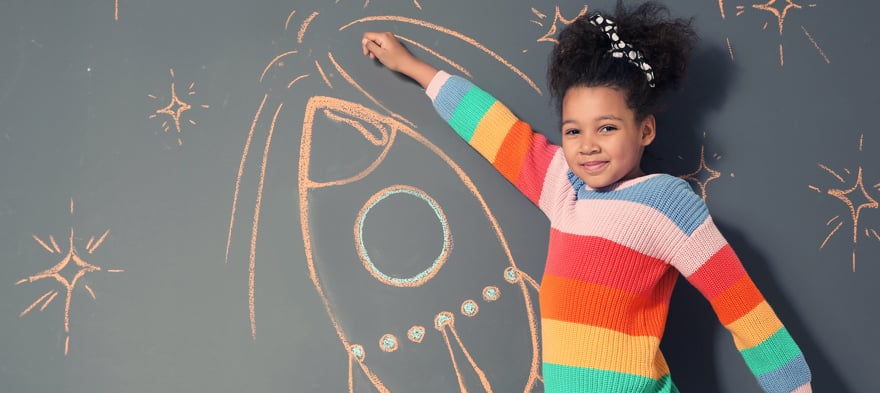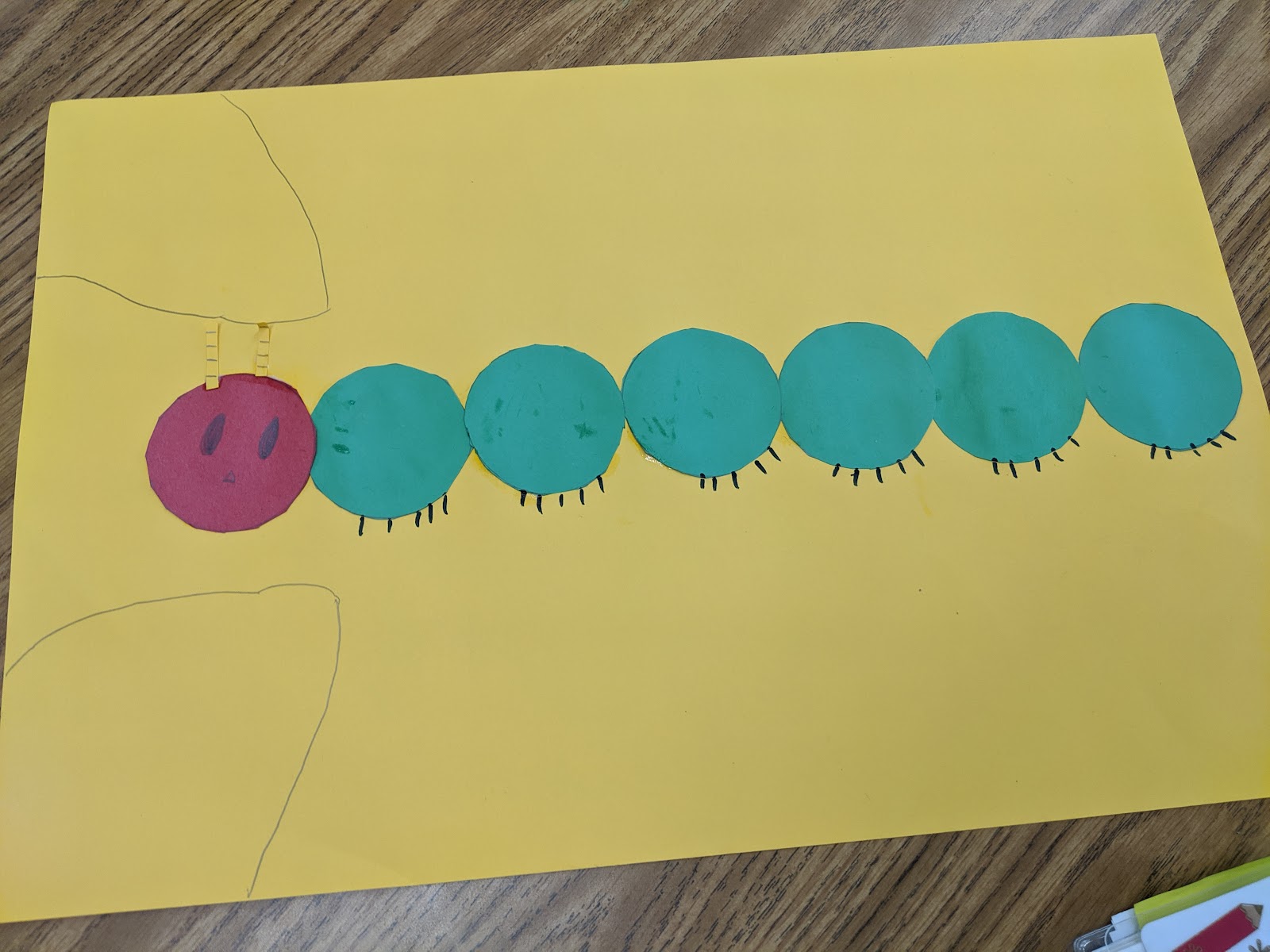
Mar 3, 2020 12:00:00 AM
I encountered my first "unicorn" three years ago.
She burst into my classroom announcing,
Hello! Nice classroom you got there.
Oh ... thank you. Are you a student at this school? Or, are you lost?
In the door rushed a boy from my third grade class,
There you are! What are you doing in my classroom?
Stop running off like that!
“Is this your sister?” I asked.
“Yup, that’s me!” she exclaimed. “I’m coming here next year!”
As the months flew by, I thought about her often, hoping this bubbly girl would actually appear on my roster, just as she had foretold. When July came, I spotted her name: Mia.*
The first quarter was challenging. Mia’s firecracker personality emerged and I often noticed Mia’s rolled eyes every time she heard the word “reading.” She would look through all of the pictures, close the book and move on to the next one. She quickly finished her work without double-checking it, made careless mistakes and spent the rest of her time doodling flowers, animals, etc. on the back of her papers.
While other students were excited to go on the computer, [pullquote]Mia frequently looked uninterested. I naturally assumed she would be the first one to run out the door every day.[/pullquote]
But she wasn’t.
Afterschool was the time when Mia utilized our classroom’s Makerspace. She created project after project. One day, she made binoculars using two toilet paper rolls and a straw. Another day, she rummaged through my construction paper and pipe cleaners to create a butterfly.
Oh no, please don’t spill the glitter! So much glue all over the table, on her hands!
“Oops,” she giggled with a big smile on her face.
She complained when it came to academics. But, wow she sure was creative! I wondered how I could help her tap into this energy during class time.

[pullquote]Every class has a unicorn. A child who has the potential for major gains, but seeks to forge their own unique path and pace.[/pullquote] I met my first unicorn in an ethnically diverse, Title I school that supports over 400 transient students in an urban community. There are three important lessons I learned from Mia that pointed me toward what our unicorn students need:
While afterschool conversations were the foundation, Mia extended her companionship to recess as well. These uninterrupted talk storytimes allowed time for her to share thoughts, ideas and questions with me without worrying about school stressors. She saw the bond I had with her family and the legacy of a safe learning community, which began with her older brother. Eventually, I discussed her creativity with her parents and how we could help her both at home and in school. Her family discussed her interests with me and I incorporated her strengths into lessons based on their feedback.
It takes a village to help students succeed. John Hattie ranks parent involvement as a positive influence on student achievement, however, many families in my school work multiple jobs or take night shifts to make ends meet. This means they might struggle to help their children with homework and after school routines. So, it is important that students see the trust being built among community members, including teachers.
Unicorns are not your one-size-fits-all students. They want to express their creative output in their own way. This unicorn did not want to write first; she always drew first. She clammed up if asked to put her learning into words first because she was self-conscious about her spelling. She worried that her ideas and the organization of her writing would not match her illustration.
Keeping John Hattie’s Influences on Student Achievement in mind, I provided all students a variety of choices to demonstrate their learning (i.e. write a book, create a comic strip, type an essay). For the narrative writing piece, Mia selected to write a book with drawings organized around her story. She sketched her ideas first, then told me what happened in her story to alleviate the stress of spelling words correctly. As the year progressed, she gained the confidence to utilize our class word wall, stretch out sounds to spell words and, eventually, move forward to write her own stories.
Unicorns need teachers to be patient. They are already internally frustrated that they learn differently from their peers. Mia had little quirks, like dancing and singing in the middle of class. As I planned to reteach my lesson on sequencing story events, I created a song using the tune to one of her favorite songs to incorporate her love of the performing arts. Then, I provided her extra time to teach her how to use the song while completing a sequence graphic organizer.
Sal Khan, the founder of Khan Academy, said during a 2015 TED Talk, “All sorts of neat things happen when we focus on mastery … students can actually master the concepts, but they’re also building their growth mindset, they’re building grit, perseverance, they’re taking agency over their learning.” It is important for students to feel they can succeed through their own personal interests, on their own time and in a way that is integrated into their school day.
The next school year, Mia came to visit my class weekly.
“How was school today?”
“It was okay.”
“Why just okay?”
“Everything moves so fast! Sometimes I feel like I can’t keep up. I miss your class.”
“Why do you miss my class? We moved fast too.”
“Yeah, but I miss your class because you gave me time. You let me take my time, and I knew it too. I wish I had more time.”
We must always remember the child who needs that extra time.
The child who wants to build and create.
The child who wants to draw a picture before writing down the words.
The child who would rather sing and dance to learn their patterns, rather than learn it by a worksheet.
For this child, I plan, design, instruct and give feedback differently.
When interacting with diverse learners, consider your unicorn. What special qualities does your unicorn have?
Leanna Agcaoili is a second grade teacher at Fern Elementary School in the Farrington-Kalani-Kaiser Complex. She is a Hawaii State Teacher Fellow and HSTA Honolulu Chapter Treasurer.
Few issues in education spark more tension and debate than standardized testing. Are they a tool for equity or a burden on students? A necessary check on school systems or a flawed measure of...
Charter schools are public schools with a purpose. Operating independently from traditional school districts, they're tuition-free, open to all students, and publicly funded—but with more flexibility...
Despite the benefits of a diverse teaching force, prospective teachers of color fall out of our leaky preparation pipeline at every stage: preparation, hiring, induction, and retention. Here’s what...
Ed Post is the flagship website platform of brightbeam, a 501(c3) network of education activists and influencers demanding a better education and a brighter future for every child.
© 2020-2025 brightbeam. All rights reserved.
Leave a Comment